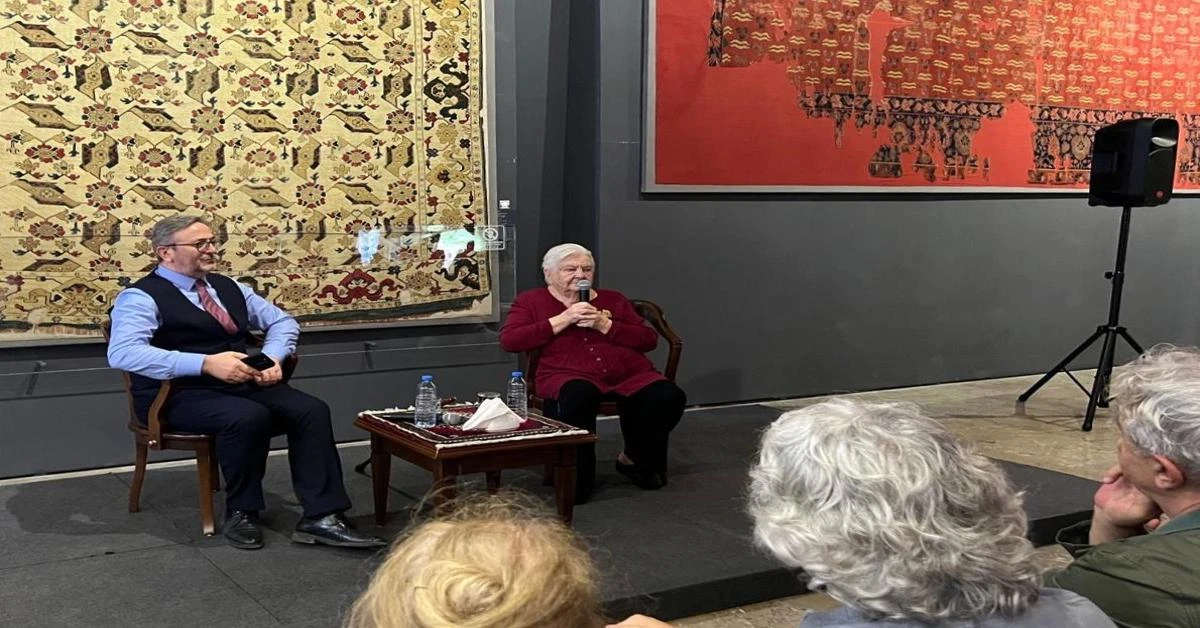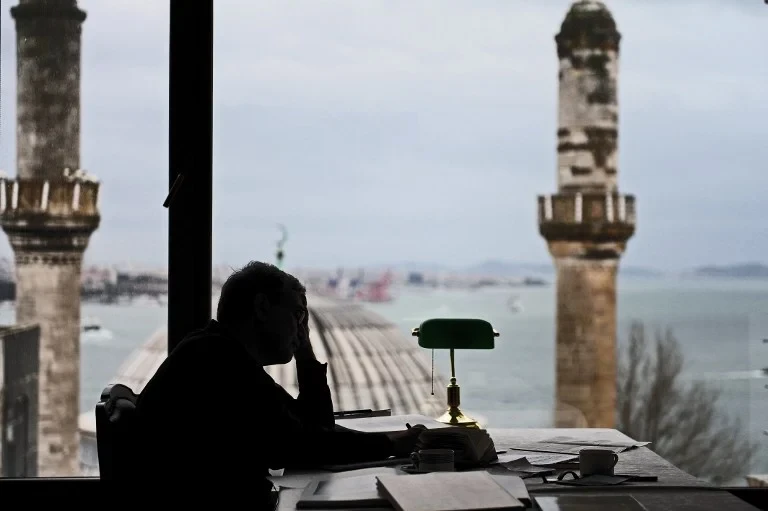Preserving legacy of first Ottoman Grand Vizier Ibrahim Pasha Palace

During Museums Week, the Istanbul Directorate of Culture and Tourism hosted a discussion titled “Ibrahim Pasa Palace.”
The event took place at the Turkish and Islamic Arts Museum, featuring art historian and author Professor Istanbul’s Director of Culture and Tourism, Coskun Yilmaz moderated by Dr. Nurhan Atasoy.
‘Ibrahim Pasa’s Palace is his most important legacy to us’
In his opening remarks, Yilmaz emphasized the significance of Pargali Ibrahim Pasa. “Ibrahim Pasa’s life is marked by a rich narrative of drama, conflict, and tension, illustrating the extremes of power and vulnerability.
This palace, now the Turkish and Islamic Arts Museum, is his most important legacy to us,” he said.
Yilmaz also announced that the Ministry of Culture and Tourism had re-published Atasoy’s book, “Ibrahim Pasa Palace.”
Professor Dr. Nurhan Atasoy, who completed her doctoral thesis on Ibrahim Pasa Palace, shared the challenges she faced during her research. “Despite numerous difficulties, I completed my thesis. My mentors noted that the miniatures in the palace had not been adequately studied and encouraged me to take on the task. Initially, gaining access to the building was difficult as it was filled with drug addicts,” Atasoy recalled.
‘I identified a wall with red columns’
Atasoy detailed her meticulous efforts to determine the building’s origins. “I examined the bricks one by one to distinguish between Byzantine and Ottoman construction,” she explained.
“During my research, I found references to Ibrahim Pasa Palace in the works of Matrakci Nasuh. However, Semavi Eyice had different views about the palace. After 4 months of studying a miniature depicting the palace, I identified a wall with red columns. Until this discovery, people did not know that this building was Ibrahim Pasa Palace.”
Her findings challenged many publications that claimed the site could not be Ibrahim Pasa Palace. Atasoy revealed: “I later learned that some people wanted to demolish the palace and incorporate the land into the judicial complex. My research prevented this from happening. Eventually, I wrote a book establishing that this building was indeed Ibrahim Pasa Palace, and also authored books about Ibrahim Pasa himself.”
‘So much more to be written about this palace’
Although the Ibrahim Pasa Palace now serves as the Turkish and Islamic Arts Museum, Atasoy emphasized that there is still much to explore.
“Don’t think that the research on Ibrahim Pasa Palace is complete. There is much more to be written about this palace,” she stated.
“I never end my books with a period, but with a comma, to indicate that the research should continue.”
At 90 years old, Atasoy is currently writing her memoirs but acknowledges that much remains to be documented. “Living for 90 years, having numerous adventures, and traveling across Türkiye and the world… which part should I write about?” she mused.



